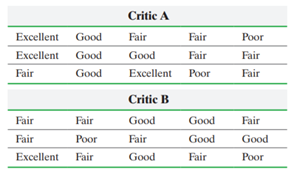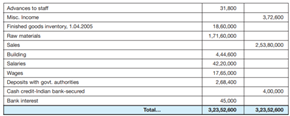dolution.
With the failure to meet President Biden’s target of 70% of the American population having at least one vaccine by July 4th and the spread of the highly contagious delta variant, public health officials around the country are trying to encourage unvaccinated people to get the COVID vaccine.
According to a recent New York Times article (6/28/21), “Federal officials expressed alarm in recent days about low vaccination rates among Americans in their late teens and 20s, and have blamed them for the country’s … failure to reach President Biden’s goal of giving 70 percent of adults at least an initial dose by July 4.” At the time of the publication, “just over one-third of adults ages 18 to 39 reported being vaccinated, with especially low rates … among people 24 or younger.” Public health officials are faced with the challenge of how to reach young adults and encourage them to get the COVID vaccine.
MBA students have been recruited to help the public service campaign to gen-z and millennials regarding vaccinations. They are requesting advice on how to distribute this marketing budget across regional Television (including ads on streaming video services), Social Media (Instagram/TikTok), and Outdoor Ads (such as billboards, buses, train stations). The budget has been set at $700,000. The following information is provided about each of these options: about the potential effectiveness rating (Exposure Rating) per ad, their estimate of the number of young adults reached per ad, and the cost for each ad.
| Media |
Exposure rating per ad |
# people reached per ad |
Cost per ad |
| TV |
100 |
4000 |
$20,000 |
| Social Media |
30 |
2000 |
$8,000 |
| Ad (Outdoors) |
15 |
1000 |
$2,000 |
The exposure rating is a measure of the value of the ad to the viewers. It is a function of such things as image, message, recall, visual and audio appeal, and so on. As expected, the more expensive television advertisements has the highest exposure effectiveness rating along with the greatest potential for users to follow the recommendations.
At this point, it is believed that the data concerning exposure and reach were only applicable to the first few ads in each medium. For Television, the exposure rating of 100 and the 4000 young adults reached per ad were reliable for the first 12 Television ads. After 12 ads, the benefit is expected to decline. It is recommended to reduce the exposure rating to 75 and the estimate of the number of young adults reached 1500 for any Television ads beyond 12. For Social Media, the preceding data are reliable up to a maximum of 17 ads. Beyond 17 ads, the exposure rating declines to 20 and the number of young adults reached declines to 1200 per ad. Similarly, for Ads (Outdoors), the preceding data are reliable up to a maximum of 25; the exposure rating declines to 8 and the potential number of young adults reached declines to 200 for additional ads.
The objective of the marketing campaign would be to maximize total exposure rating, across all media. Because the importance of the messaging, the campaign must reach at least 100,000 young adults. To balance the campaign and make use of all media, the following guidelines must be incorporated:
Use at least twice as many Social Media advertisements as Television advertisements
Use no more than 20 Television advertisements.
The Television budget should be at least $290,000
The Social Media advertising budget is restricted to a maximum of $280,000
The Ads (Outdoors) budget is to be at least $60,000
Recommend how the $700,000 advertising budget should be allocated among the choices. Develop a mathematical programming model that can be used to determine the advertising budget allocation. (HINT: you should define two variables for each media option (eg. T1 = number of Television advertisements with rating of 100 and the 4000 young adults reached and T2 = number of Television advertisements with rating of 75 and 1500 young adults reached, and so on). Enter the problem into Excel and use Solver to solve for the optimal solution.
A schedule showing the recommended number of Television, Social Media, and Ads (Outdoor) advertisements and the budget allocation for each medium. Show the total exposure rate and indicate the total number of young adults reached. Make sure that your solution is feasible (eg. no partial advertisements). Also, address the following questions:
a.How would the total exposure change if $50,000 MORE were available in the advertising budget?
b.Given the public heath message, the television marketing division offered a 10% discount on television ads (eg. $18K each). (Assume total budget available is the original $700,000.) How does this effect the allocation of advertisement methods and the total exposure rate?




